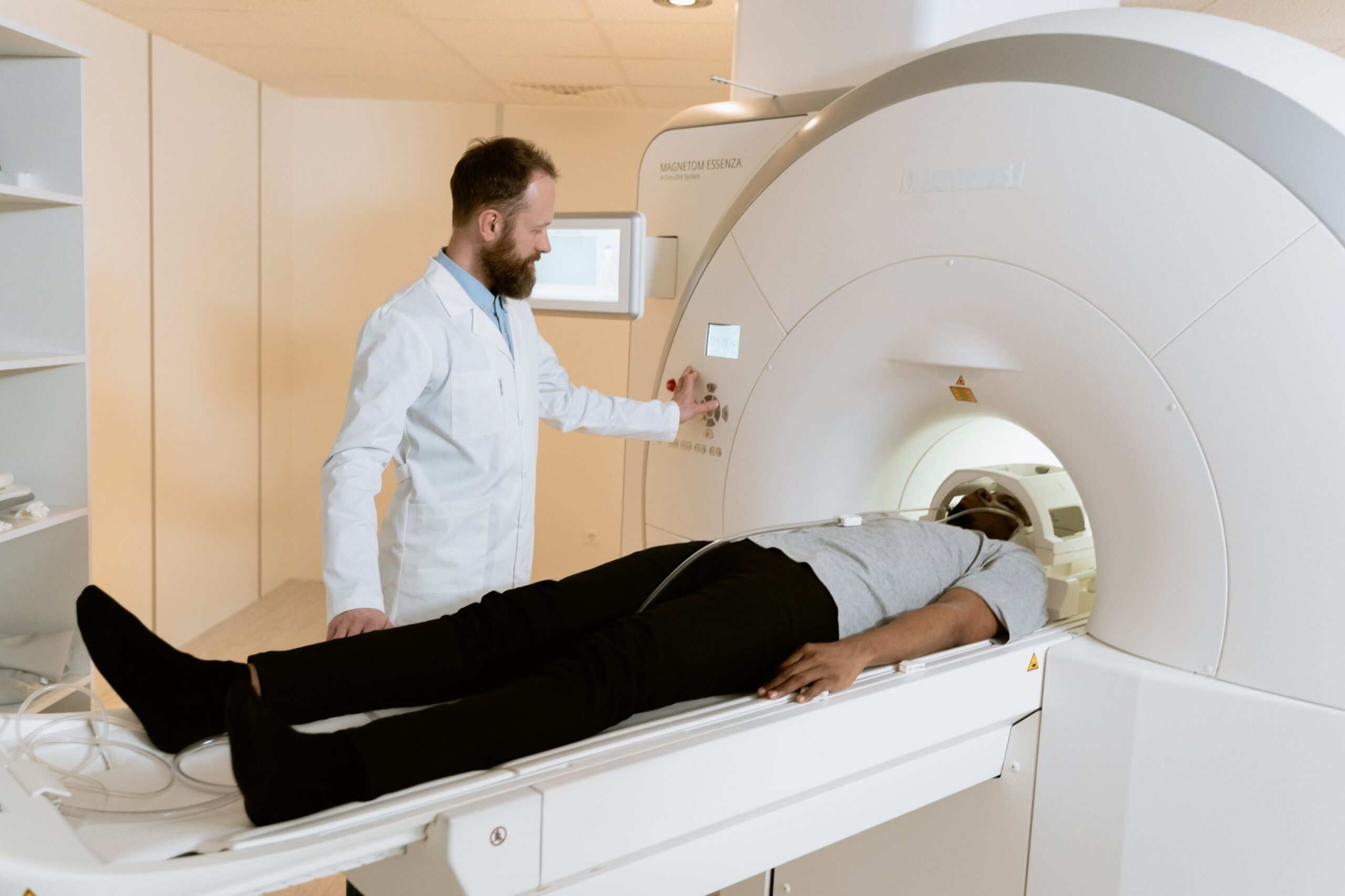Summary
The article reviews the use of point-of-care ultrasound for the evaluation and management of pleural effusions. Point-of-care ultrasound is highlighted as a more sensitive tool than physical examination and chest radiography for detecting pleural effusions, offering advantages over computerized tomography.
The review emphasizes the ability of point-of-care ultrasound to assess pleural fluid volume and characteristics, aiding in the identification of underlying pathologies and guiding management decisions. The article also discusses the lower risk of complications, such as pneumothorax and bleeding, associated with thoracentesis performed under ultrasound guidance.
The need for future research to explore the clinical effectiveness of point-of-care ultrasound in routine pleural effusion management and the potential expansion of its clinical utility through new technologies is emphasized.










